For the first time in half a century, a selection of the Roman antiquities amassed by the princes Torlonia in the 19th century goes on display. The exhibition considers the collection in the light of a history of private collecting of antiquities in Rome that goes back to the 15th century. The 96 sculptures here include outstanding examples of busts, reliefs and other statues, among them a charming sculpture of a goat, restored in the 17th century by Gian Lorenzo Bernini; many have been newly conserved. Find out more from the Musei Capitolini website.
Preview below | View Apollo’s Art Diary here

Head of an old man from Otricoli (c. 75–50 BC), Rome. Photo: Lorenzo de Masi; © Fondazione Torlonia
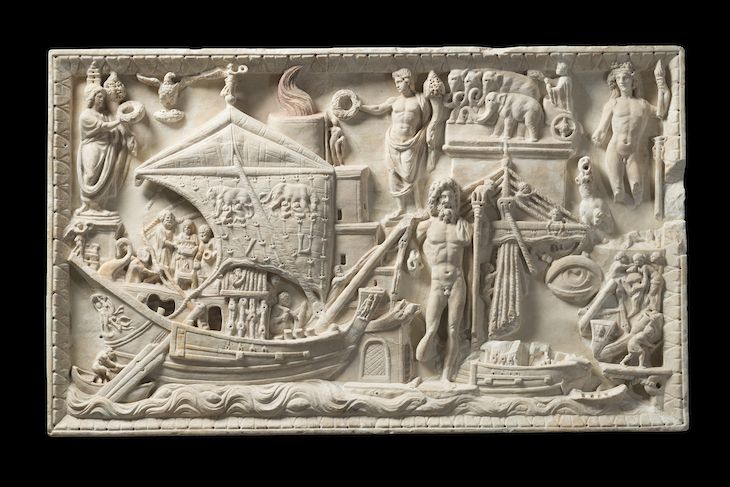
Door relief (late 2nd/early 3rd century), Rome. Photo: Lorenzo de Masi; © Fondazione Torlonia
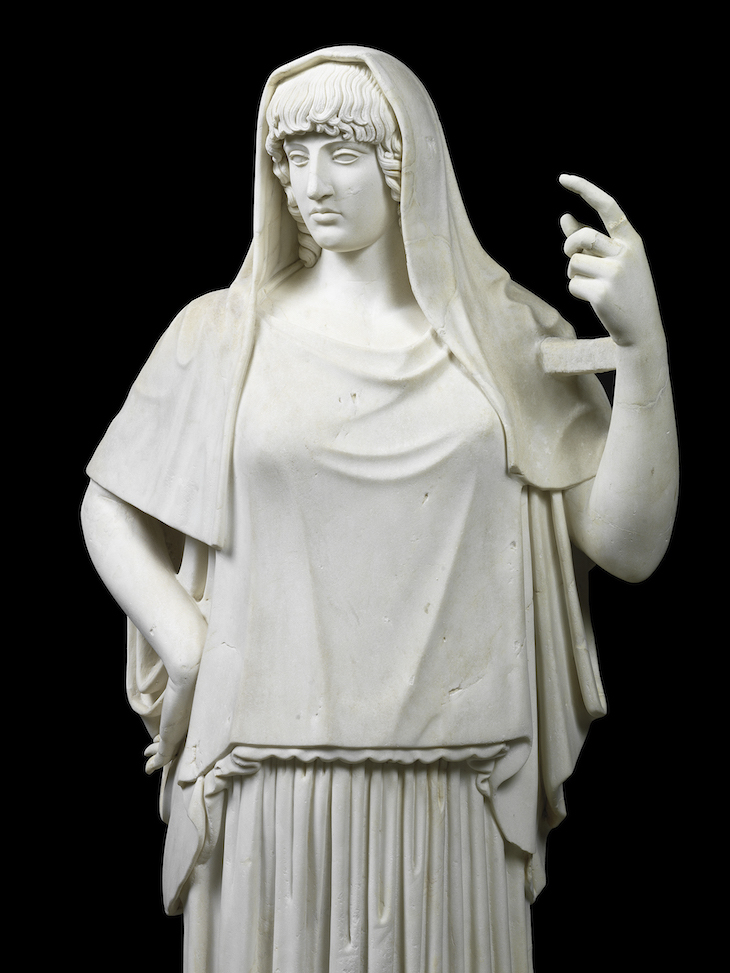
Statue of a goddess, called the Hestia Giustiniani (c. 470 BC), Rome. Photo: Lorenzo de Masi; © Fondazione Torlonia



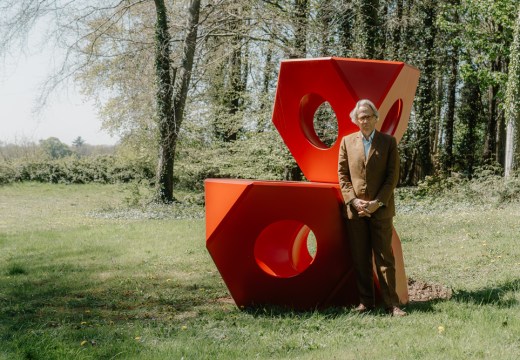

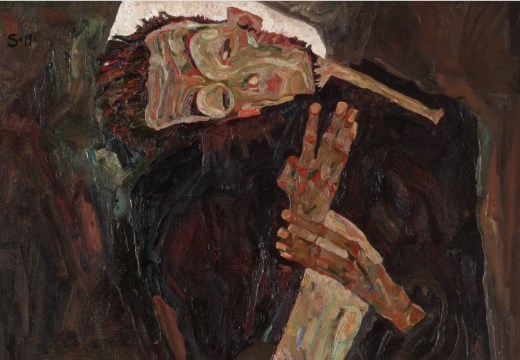

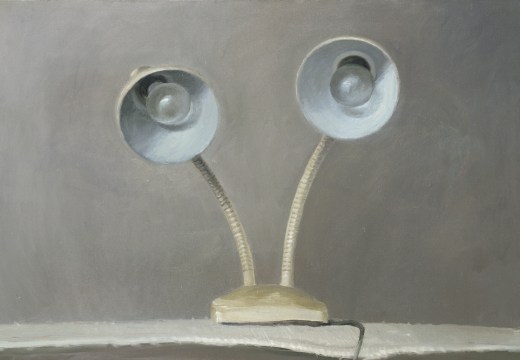
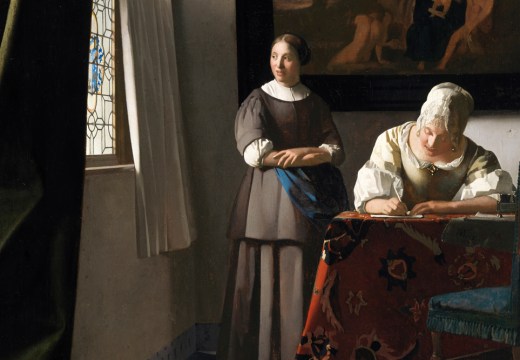
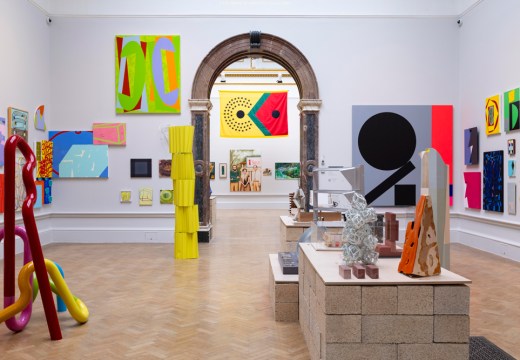
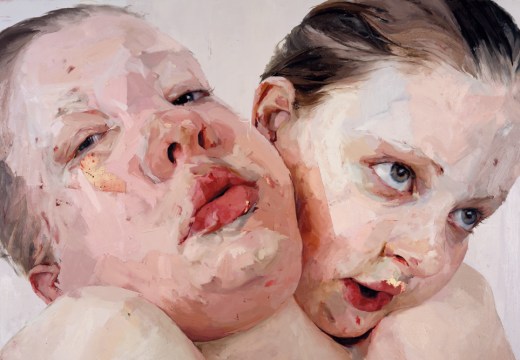
![Masterpiece [Re]discovery 2022. Photo: Ben Fisher Photography, courtesy of Masterpiece London](https://apollo-magazine.com/wp-content/uploads/2022/07/MPL2022_4263.jpg)
‘A revolutionary flame burned bright within him’: David Bindman (1940–2025)